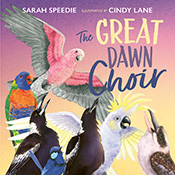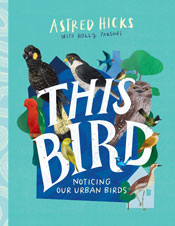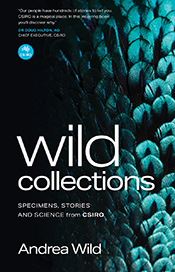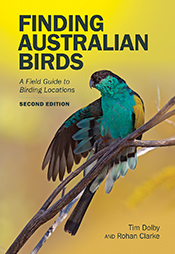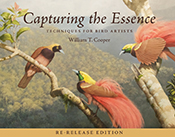Albatrosses
Outlines the life histories of the spectacular albatross, a bird that rides storms.
Most albatrosses range across the Southern Hemisphere from Antarctica to Australia and from South Africa to South America. The ferocious air encircling Antarctica is an impossible place for almost all non-aquatic animals, but not for the albatross. + Full description
The most distinctive characteristic of albatrosses is that they ride storms. They do not evade storms, or flee them, but climb aboard and ride them – effectively throughout their lives. Aside from a few close relatives among the petrels and shearwaters, they are the only animals that do this.
Albatrosses outlines the life histories of these spectacular birds, and explores some of the main strategies that have evolved to enable them to achieve mastery of one of the most hostile regions on the planet. Complemented by stunning photographs taken from remote locations, this book will be treasured by natural history and bird enthusiasts.
- Short descriptionNews
No longer available in a print edition.
Albatrosses outlines the life histories of these spectacular birds, and explores some of the main strategies that have evolved to enable them to achieve mastery of one of the most hostile regions on the planet.
Reviews
"The author’s unmistakable passion for albatrosses shines through from the opening pages of the book, and his enthusiasm is contagious. It quickly re-ignited the thrill I felt when first seeing Shy Albatrosses wheel in the winds off northern Tasmania. Overall, this book does precisely what it sets out to do – effectively captures the essence of these majestic birds, providing a very readable introduction to albatrosses for anyone interested in their natural history and conservation."
April Hedd, Marine Ornithology, Vol 37, 2009
"The book introduces the reader to most of the studies of the last 30 years and gives an extensive bibliography for those who feel they must read more. The photographs illustrate much more of that described in the text, and have informative captions. The drawings are a pleasant complimentary addition. The book is a good introduction to the wonder of these birds, and deserves a wide reading.
Durno Murray, Corella Vol 33, 2009
"I recommend this book highly for anyone interested in good natural history writing as well as to researchers interested in learning about the latest findings on these majestic birds."
Richard Veit, Waterbirds, March 2009
"…I warmed to this book and recommend it to all those that wish to read a short but accurate account of the world of the Albatross."
R. Paul Scofield, Ornithological Society of New Zealand’s journal Notornis, 2009
“One aspect I particularly like is his readiness to identify the grey areas and remaining gaps in knowledge, as for albatross there remain many. All in all, this is a book that should be well received by field naturalists. Lindsey’s style ensures that the results of quite complex science, based on decades of study, has been condensed into a very readable text.”
Dr Rohan Clarke, The Victorian Naturalist, Vol. 126, June 2009
Lindsey provides a wealth of information without seeming overwhelming because his writing style holds the reader’s interest. I would recommend the books in the Australian Natural History Series to anyone looking for more general background information on these species.
Samantha S. Wisniewski, The Journal of Wildlife Management Vol 73 May 2009
"The book is divided into eight solid, meaty chapters…Collectively, these give a good coverage of albatross biology and all are accessible to the general reader thanks to Lindsey's lucid prose and at times light-hearted style. All-in-all, it's an informative and enjoyable read."
Andrew Ley, Australian Field Ornithology, Volume 26, 2009
"This beautifully presented book is jam-packed full of fabulously interesting photos and highly readable text on the charistmatic albatrosses."
WINGSPAN, December 2008
"Terence Lindsey is well-known in Australia and overseas as a lecturer, and author, artist, and editor especially of books and videos on birds … his approach is always personal, his interest in, and in this book his passion for, his subject, shows through the precision of the treatment."
L.W. Filewood, LinnSoc Newsletter No. 130, December 2008
"To appreciate this book one must digest it chapter by chapter . . . All in all this is a book that should be well received by bird observers."
Dr Rohan Clarke, Ecologist, Deakin University, The Bird Observer, December 2008



